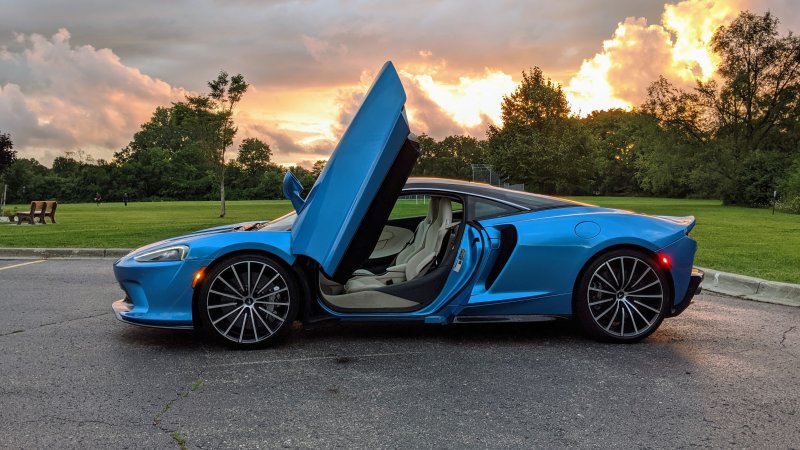The iPhone XR ($749+) is Apple’s wildcard for 2018, as the company notorious for selling super-premium smartphones is now asking its loyal consumers to consider buying its cheaper iPhone. The answer isn’t quite as straightforward as you might think. The iPhone XR is uncannily similar to the higher-end iPhone XS. It has the same A12 bionic processor, same swipe gestures and almost the same look and feel.
The primary differences have to do with size and the screens. The XR is a Goldilocks iPhone, as its 6.1-inch display slots perfectly between the 5.8-inch and 6.5-inch displays of the iPhone XS and iPhone XS Max, respectively. But it has a cheaper LCD display, rather than the OLED display found on the iPhone XS, meaning it doesn’t have the same pixel density, the colors won’t be as bright, and the blacks won’t be as dark – basically it won’t look as nice as the iPhone XS’s display. Maybe more significantly, the iPhone XR’s LCD display requires more prominent bezels, so the screen doesn’t stretch all the way to the edges as it does with the iPhone XS.
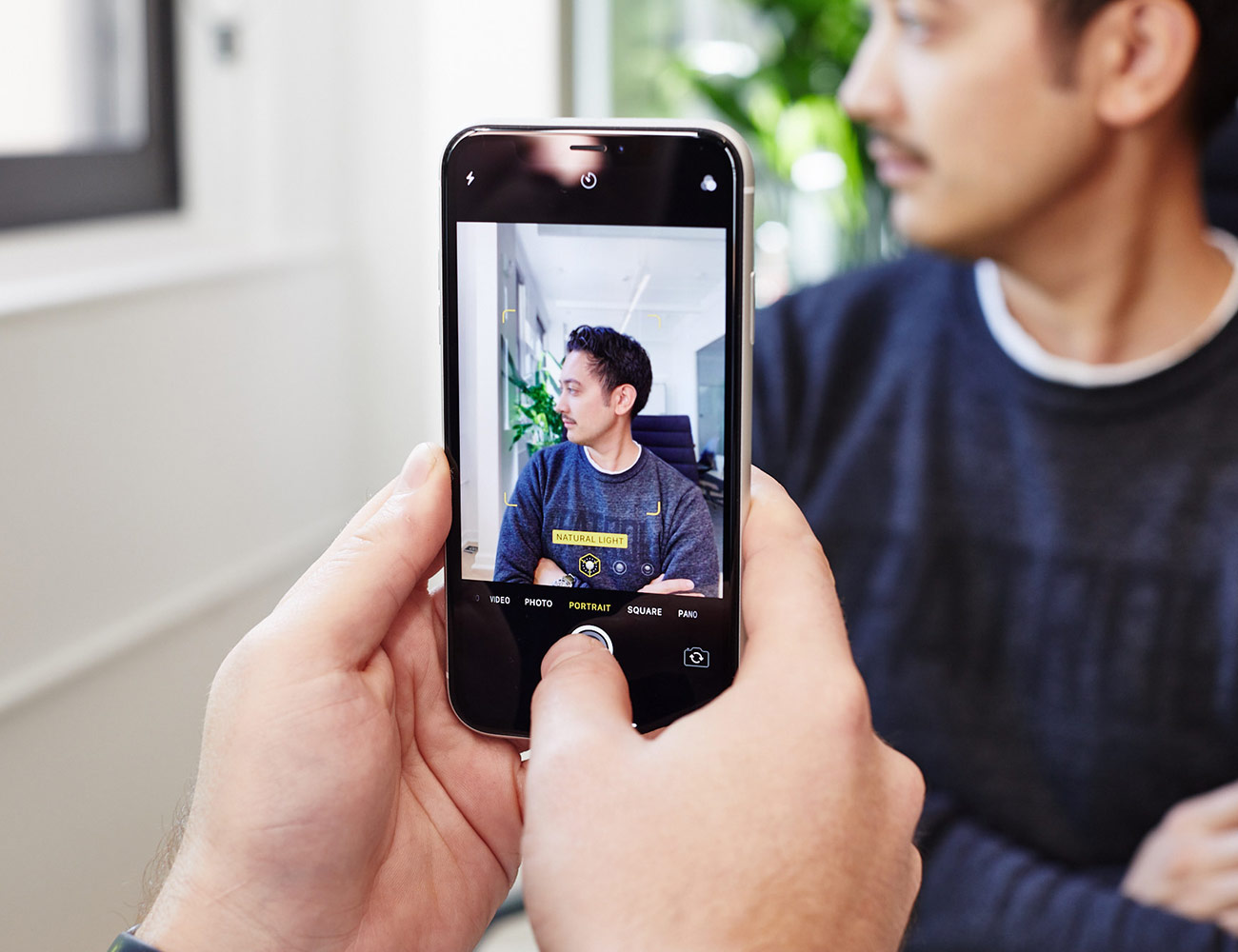
The iPhone XR is still capable of capturing Portrait mode photos, even without a telephoto lens, and the result is almost the same.
Then there are the cameras. The iPhone XR has the same front camera system and almost the same rear-facing camera system. The iPhone XR’s rear-facing setup has the same wide-angle camera as the iPhone XS, with Smart HDR, but it lacks the second telephoto camera. This has some drawbacks, as zoomed-in photos and videos will inevitably not look as crisp on the iPhone XR. And because you only get a 5x digital zoom, whereas the iPhone XS gets a 10x digital zoom, you won’t be able to zoom as close to your subjects. That said, you might realize that you don’t take that many zoomed-in photos anyway. I rarely ever take them, personally. Also, despite the omission of the telephoto camera, the iPhone XR can still shoot Portrait mode photos with its wide-angle camera.
The iPhone XR has an aluminum frame, instead of a stainless steel, and is available in six color options: white, black, blue, coral, yellow and red. It still has a glass front and back so it can wirelessly charge, but it’s liable to break just as easily. And there’s no 512GB capacity option for the iPhone XR (256GB is the highest).
The Good: You’re getting virtually the same user experience and camera capabilities as the iPhone XS for $250 less. There are more color options. Supports wireless charging. And the battery life is better than any other iPhone in recent memory.
Who It’s For: Anybody who wants the iPhone XS, but can’t justify paying the extra $250 for a slightly better screen, a telephoto lens and 3D Touch.
Watch Out For: $749 still isn’t cheap. The display isn’t as beautiful as the iPhone XS, and the zoom capabilities of the camera aren’t as good, either. No 3D touch. No headphone jack. It’s water-resistant, but not as water-resistant as the iPhone XS. And in some odd twist of fate, Apple isn’t selling its own “Apple-branded” cases for the iPhone XR – you’ll have to buy third-party cases (although Apple does sell some of these of its website and stores).
Alternatives: If you’re looking to get a cheap iPhone and don’t really care about Face ID, the new swipe gestures or top-of-the-line camera – you just want something with iMessage and to enough storage so don’t see the “iPhone storage full” message – you can still get the iPhone 7/7 Plus ($449+, $569+) and iPhone 8/8 Plus ($599+, $699+) for less.
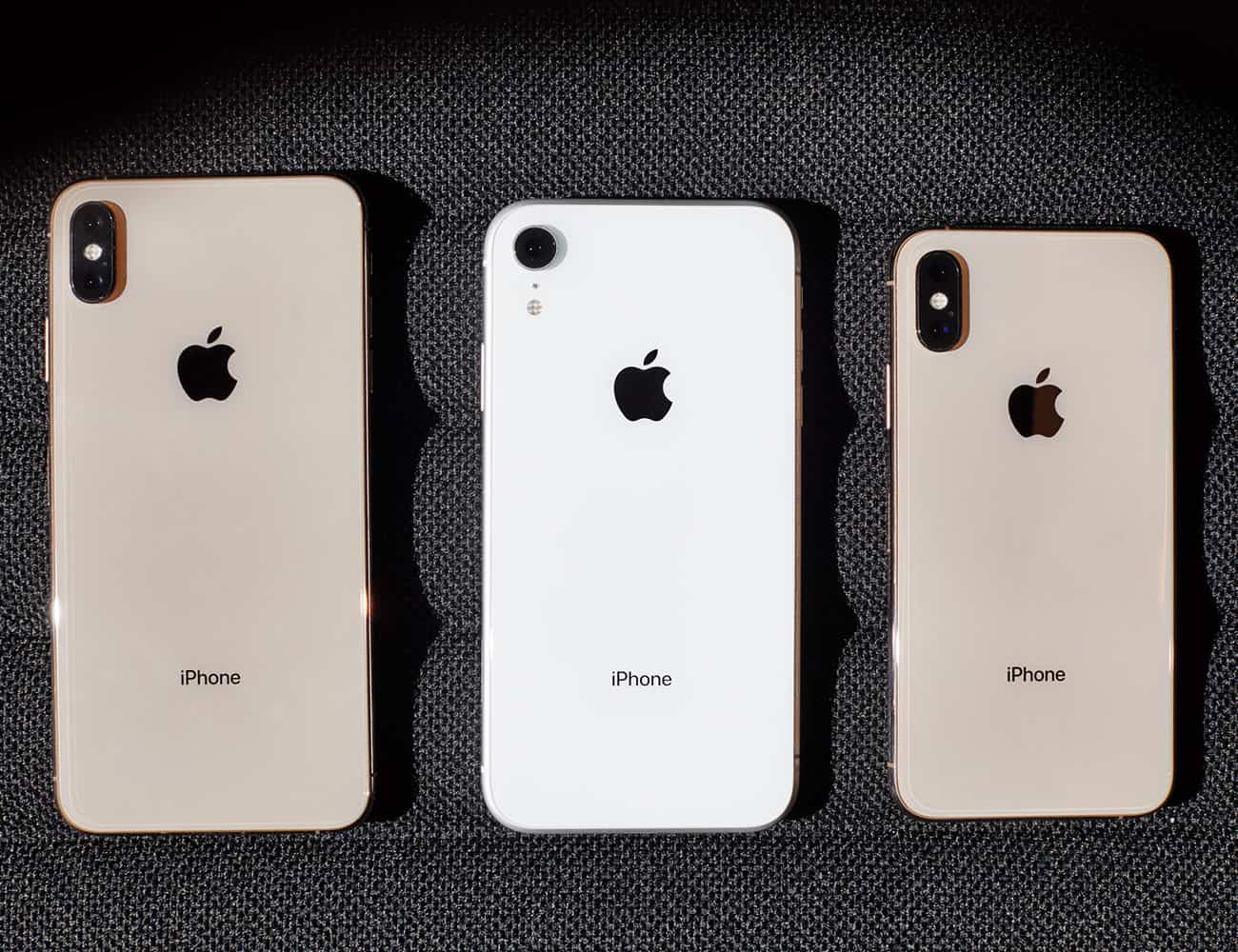
Size comparisson: iPhone XS Max, iPhone XR and iPhone XS (from left to right)
Review: The iPhone XS and the iPhone XR are way more similar than they are different – that’s a fact. As somebody who has spent the better part of the last week with both phones, I can tell you that both feel like new iPhones. The experience is virtually identical, as they both utilize the same swipe gestures and rely on Face ID to unlock; essentially, if you’re upgrading from an iPhone 8 or older (which all had a Home button), these are going to feel like radical upgrades. That said, there are obvious differences that make the iPhone XS better than the iPhone XR. And the iPhone XS is definitively the better iPhone, which is why Apple priced it $250 higher (or more), but I found that when breaking down these differences it felt more like nitpicking than anything else.
The first differences that I noticed were the size, feel and look of the iPhone XR. I had been carrying around the iPhone XS for the previous three weeks and, frankly, the iPhone XR feels like a big-screen smartphone. I know, at 6.1-inches, it’s the middle-sized smartphone between the iPhone XS and iPhone XS Max, but it’s noticeably larger and feels denser than the iPhone XS (which already isn’t that small). Essentially, if you’re looking for a small-screen smartphone, the iPhone XR isn’t it.
Now, the bezels. It’s been well-documented why the iPhone XR can’t have the same edge-to-edge display of the iPhone XS – extra space is required to house the backlit LEDs in iPhone XR’s LCD display, where the iPhone XS’s OLED display is more flexible and doesn’t need that extra space – but it’s honestly not that big of difference. Yes, when holding the two phones side by side, you can definitely notice that the iPhone XR has a black border running around it, but I honestly stopped noticing it when the iPhone XS wasn’t around to directly compare against it. Again, it’s not that big of a deal.
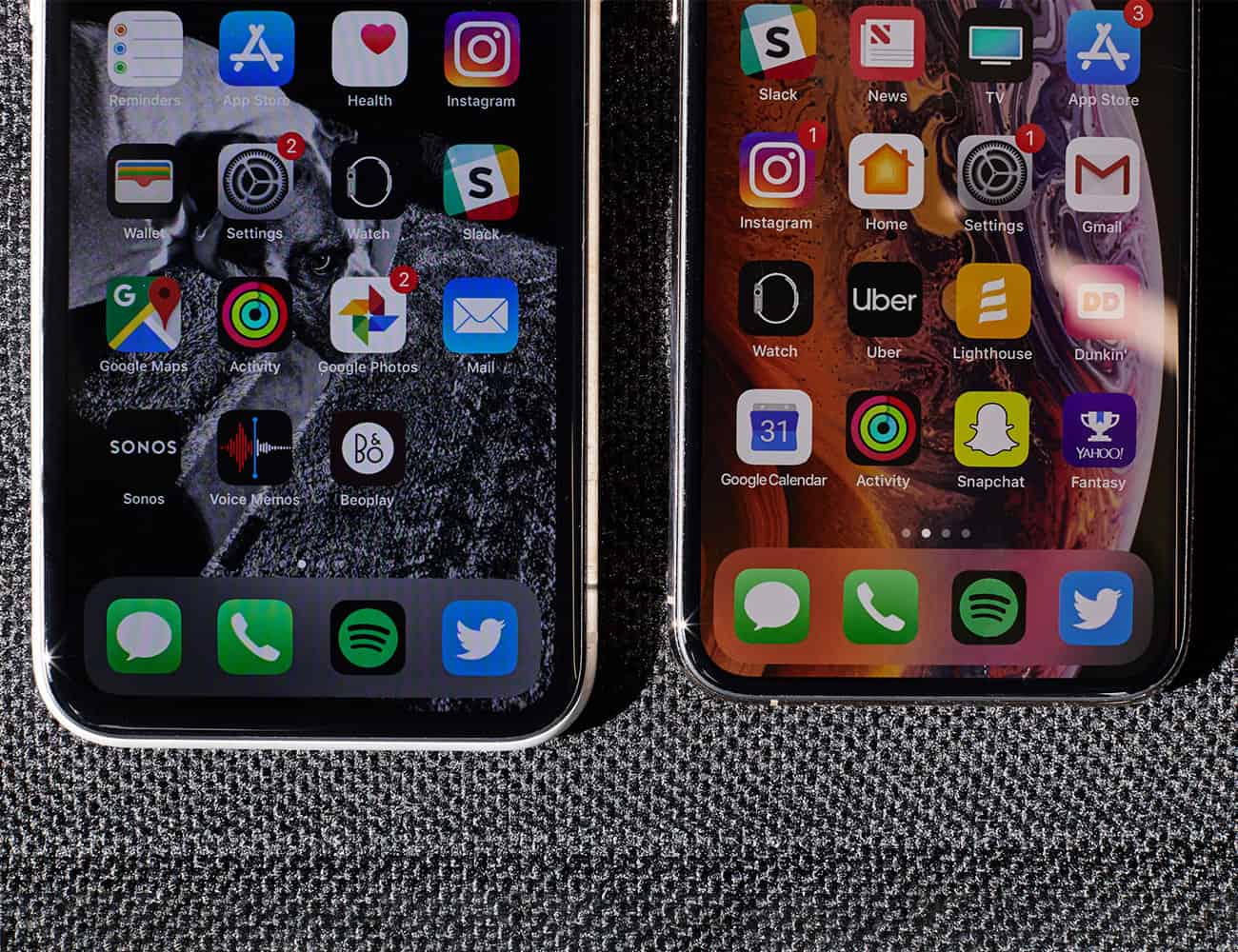
Bezel comparisson: iPhone XR and iPhone XS (from left to right)
Along with these bezels, the most striking difference between the iPhone XS and the iPhone XR is the display. The OLED display on the iPhone XS is definitely better than that LCD display on the iPhone XR, and that will surprise nobody. It’s more detailed, brighter and has better contrast. Plus, it looks basically just as good if you’re looking at it straight on or from an angle. While with the iPhone XR, there’s a noticeable drop in brightness when you tilt the screen.
Again, this is nitpicking. Apple’s LCD displays are notoriously very good and a lot of people – actually most people – won’t care if the tint of their screen shifts a little when you tilt it. In fact, they’ll probably find it normal as all LCD displays basically have this issue. The iPhone 8 and iPhone 7 do the same thing. (Also, who looks at their iPhone from an angle anyway?) But for people who spend a lot of time on their phone on Instagram, editing photos or streaming shows or movies on apps like Netflix or Hulu, the iPhone XS looks better. It’s also worth noting that the iPhone XR doesn’t support Dolby Vision and HDR video playback, which the iPhone XS does.
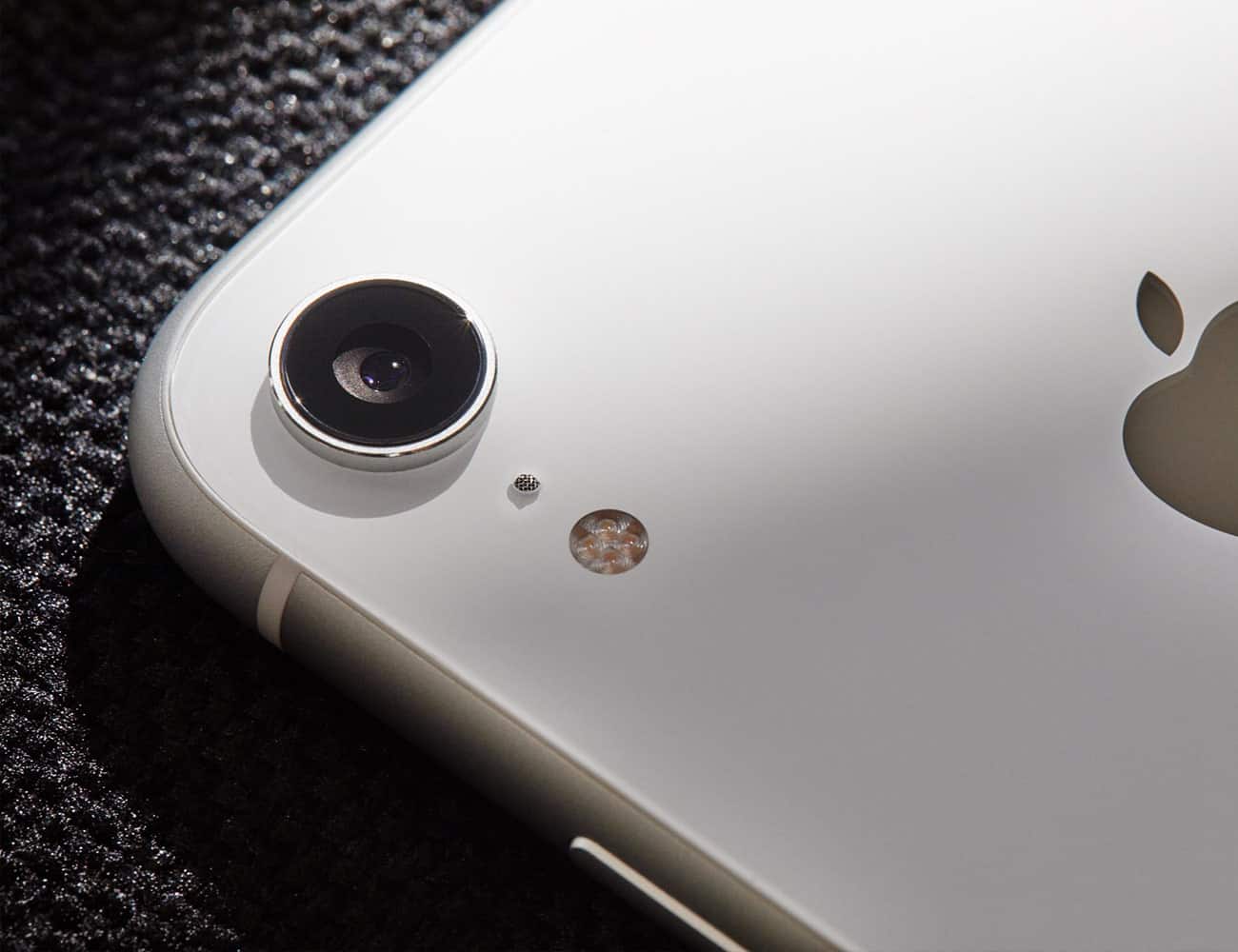
The iPhone XR has the same exact wide-angle rear-facing camera as the iPhone XS. It just lacks a telephoto lens, which really only impacts the iPhone XR with zoom.
I think a lot of people (myself included) assumed that the biggest compromise on the iPhone XR would be with its camera – that it wasn’t going to be anywhere near as good as the iPhone XS – and that’s simply not true. They share the same exact front camera system, so they take the same selfies. And even though there’s only one rear-facing camera on the iPhone XR, it’s the same wide-angle camera as the iPhone XS, which is the main camera that most people use anyway. If you’re not taking a lot of zoomed-in photos, there’s a good chance that you probably won’t even notice the omission of the telephoto camera.
One of the main responsibilities of the telephoto camera on the iPhone XS, other than zoom, is to create the depth that you see in Portrait mode photos. Without the telephoto camera, the iPhone XR is still actually able to shoot Portrait mode photos, relying on its wide-angle camera and software instead, and the results are almost identical. In the office, we found that Portrait mode on the iPhone XS was a little better, mainly because the background blur looks smoother and there was a little better contrast. It’s a weird thing, but a side effect of using its wide-angle camera to shoot Portrait mode photos, instead of the telephoto camera on the iPhone XS, is that iPhone XR is able to capture better Portrait mode photos when the lighting isn’t that great. I’m not sure who takes Portrait mode photos in low-light situations – probably not many people – but it’s the one area that the iPhone XR camera actually outperforms the iPhone XS. But only just by a little.
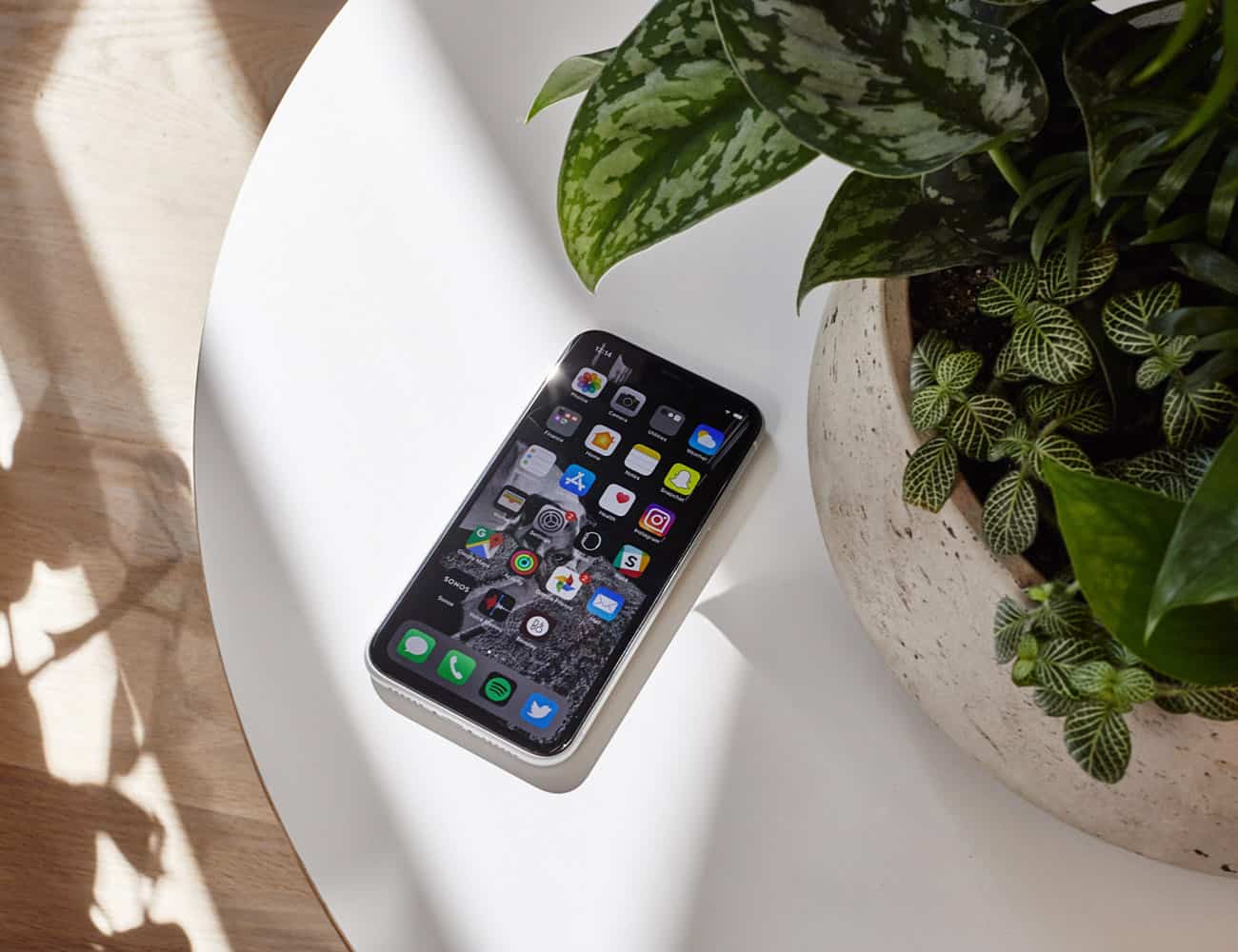
At a quick glance, the iPhone XR looks very similar to the iPhone XS and iPhone XR. It has larger bezels and less beautiful display, but if you’re not directly comparing the different phones next to each other, you probably won’t notice.
The cameras on the iPhone XS and iPhone XR both use Apple’s new Smart HDR system, so the photos are going to have the same overall look and feel. As The Verge‘s Nilay Patel points out in his review, “smart HDR flattens highlights and lifts shadows to make everything look evenly lit, and that process can reduce detail and make photos look a little bit artificial.” This means you’re going to take more “useable” photos, but they might not look as accurate as, say photos taken on the Google Pixel 3. You might like it this effect or you might not, but it’s an effect that’s exclusive to the iPhone XR. It’s “a new iPhone thing” in general.
There are other little sacrifices that the iPhone XR makes. One such one is the loss of 3D Touch, which is the function on the iPhone XS (and iPhone X before it) that shows a quick-action menu screen when you long press on an app, or gives you a quick preview you’re in an app. It’s a little thing that’s useful on the iPhone XS, but I don’t think many people will miss it.
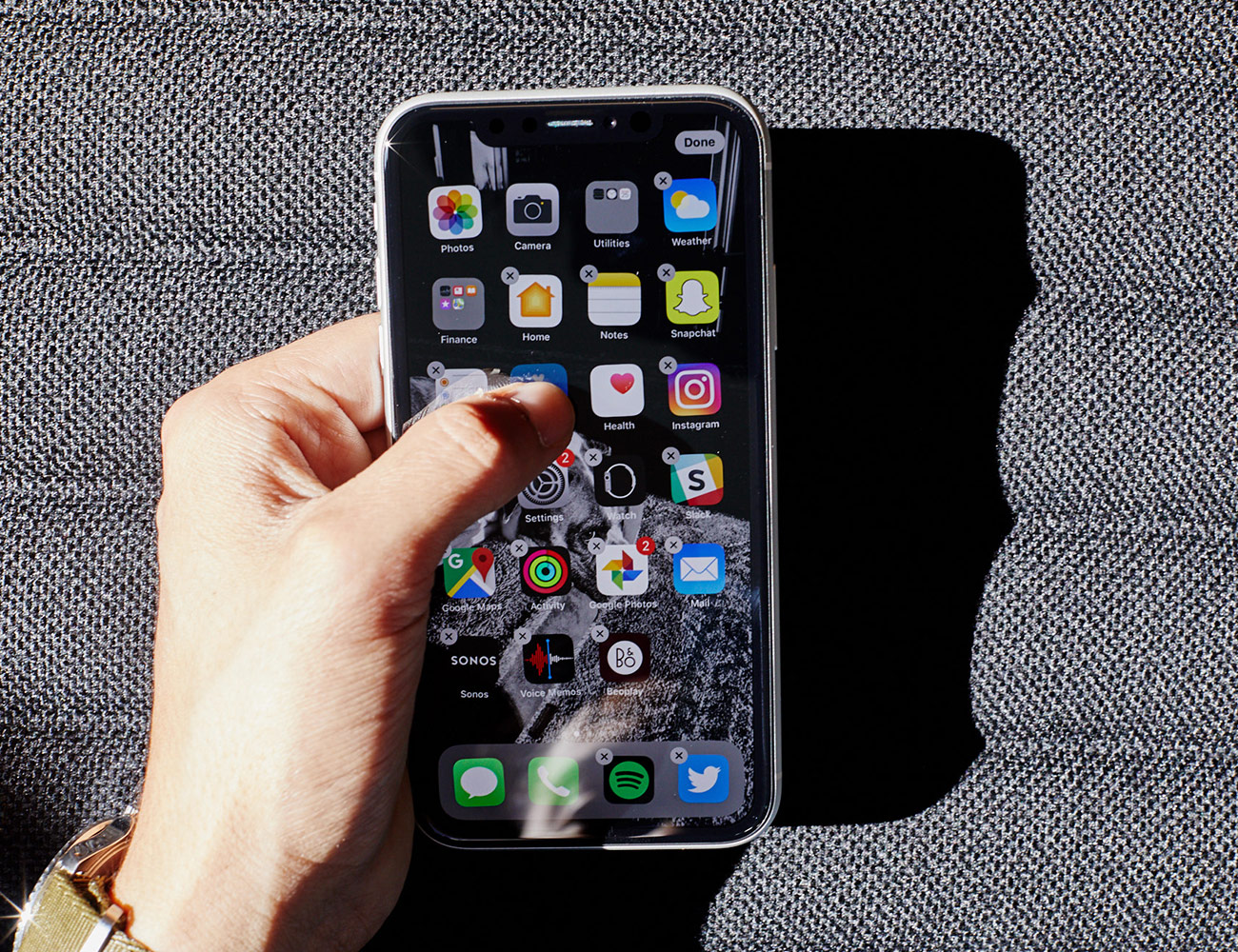
The iPhone XR does not have 3D Touch, like the iPhone XS, but it’s a feature that most people won’t miss all that much.
If there are two things that the iPhone XR has over its higher-end brethren, it’s battery life and color choices. The former is the more impressive of the two, as you’re definitely going to get more life out of the iPhone XR’s larger battery. Wired’s Lauren Goode even states in her review that, even after extensive use, the iPhone XR almost lasted an entire weekend. As for color choice, it’s a nice homage to the iPhone 5c from years past. But ultimately you should cover it up with a case anyway; it’s glass and it’ll break real easily.
Verdict: Apple doesn’t make cheap phones and the iPhone XR definitely isn’t cheap. It doesn’t look or feel cheap. And, at $749, it’s certainly not cheap. But at $250 less than the iPhone XS, with very little compromise, it should give buyers pause: do you need Apple’s flagship smartphone after-all? There will be, of course, customers who just need the absolute “best” iPhone, no matter the cost. That’ll be either the iPhone XS and iPhone XS Max. But for many many others, the iPhone XR will be the more practical alternative.
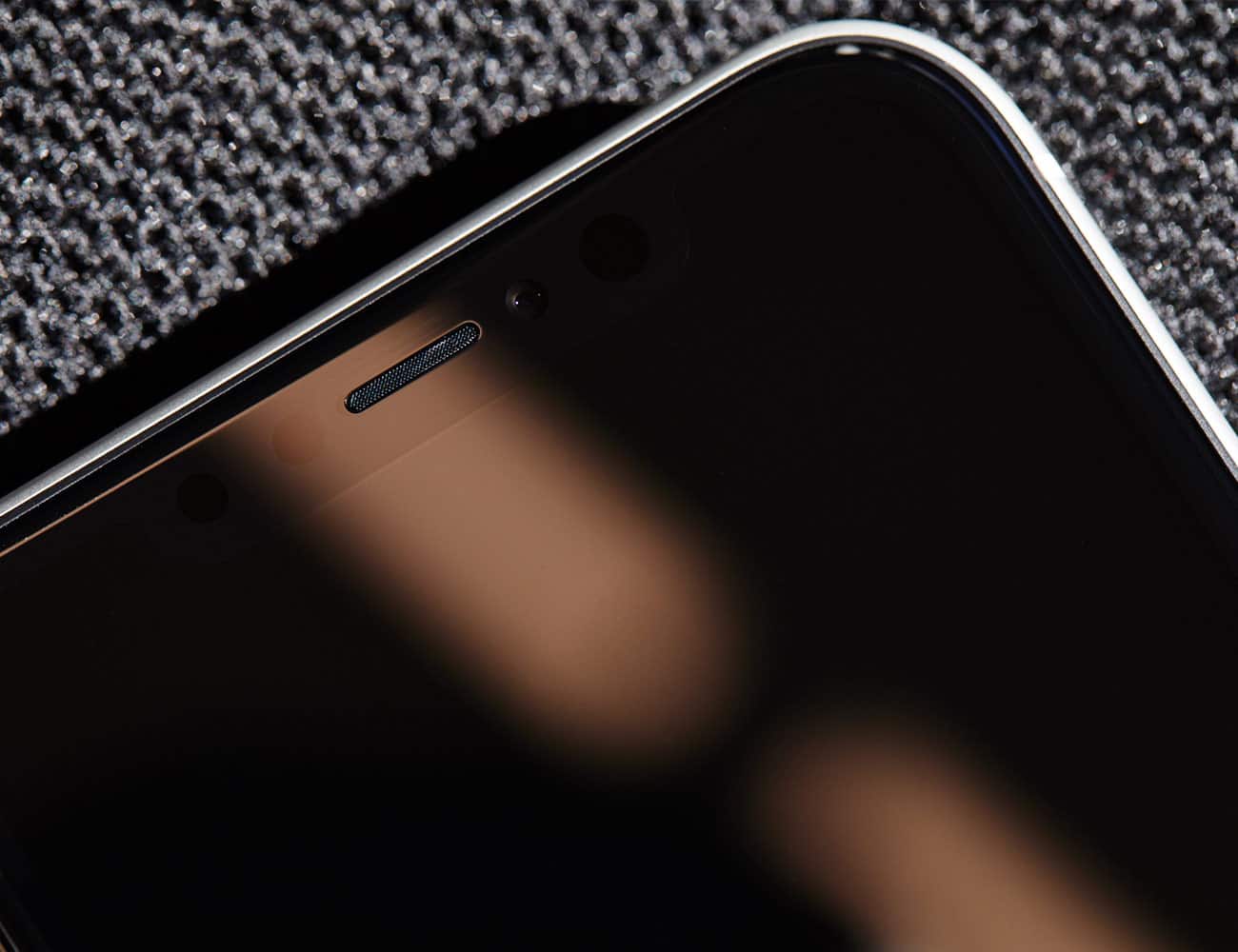
The front-facing camera on the iPhone XR is exactly the same as the iPhone XS, so you’ll get the same Face ID experience.
What Others Are Saying:
• “All that said, I’ve always been a fan of how accurate and balanced Apple’s LCDs are compared to the OLEDs on most Android phones, and the XR is definitely another Apple LCD. If you’re coming from an iPhone 6, 7, or 8, it will look very familiar. But it’s simply not as good as Apple’s OLEDs. It doesn’t have the deep black levels or infinite contrast of the iPhone XS, it doesn’t support HDR or Dolby Vision video playback, and, in general, you can always see the border between the bezel and the edge of the display, even with a dark background. Even with Apple’s True Tone color calibration turned on, it’s always a little warmer than my XS. And there’s that off-axis color shift and shimmer.” — Nilay Patel, The Verge
• “The difference here isn’t about the XS models being A-team phones and the XR being a B-team phone. It’s more like the XS models are a bit luxurious — an extra camera, stainless steel frames instead of aluminum, OLED instead of LCD — and the XR is a bit more practical. But they’re all on the A-team in terms of quality and performance. The XR is actually better in some ways, notably battery life and low-light Portrait Mode photography.” — John Gruber, Daring Fireball
• “Apple has created an iPhone that delivers 95 percent of the high-end iPhone XS experience at 75 percent of the cost. Yes, there are compromises: The screen and the camera take small steps back from the XS models, along with a few other feature nips and tucks. But in using the XR for nearly a week after living with the XS, the only feature I truly missed was the rear camera telephoto lens. ” — Scott Stein, CNET
Key Specs
Size: 6.1-inch
Display: LCD Multi-Touch display
Processor: A12 Bionic chip, next-generation Neural Engine
Rear Camera:: 12-megapixel wide-angle camera (ƒ/1.8), digital zoom up to 5x
Front Camera: 7-megapixel camera (ƒ/2.2)
Colors: white, black, blue, yellow, coral, red
Capacity: 64, 128, 256 GB
Other features: Rated IP67, wireless charging, FaceID, Portrait mode
Apple provided this product for review.



